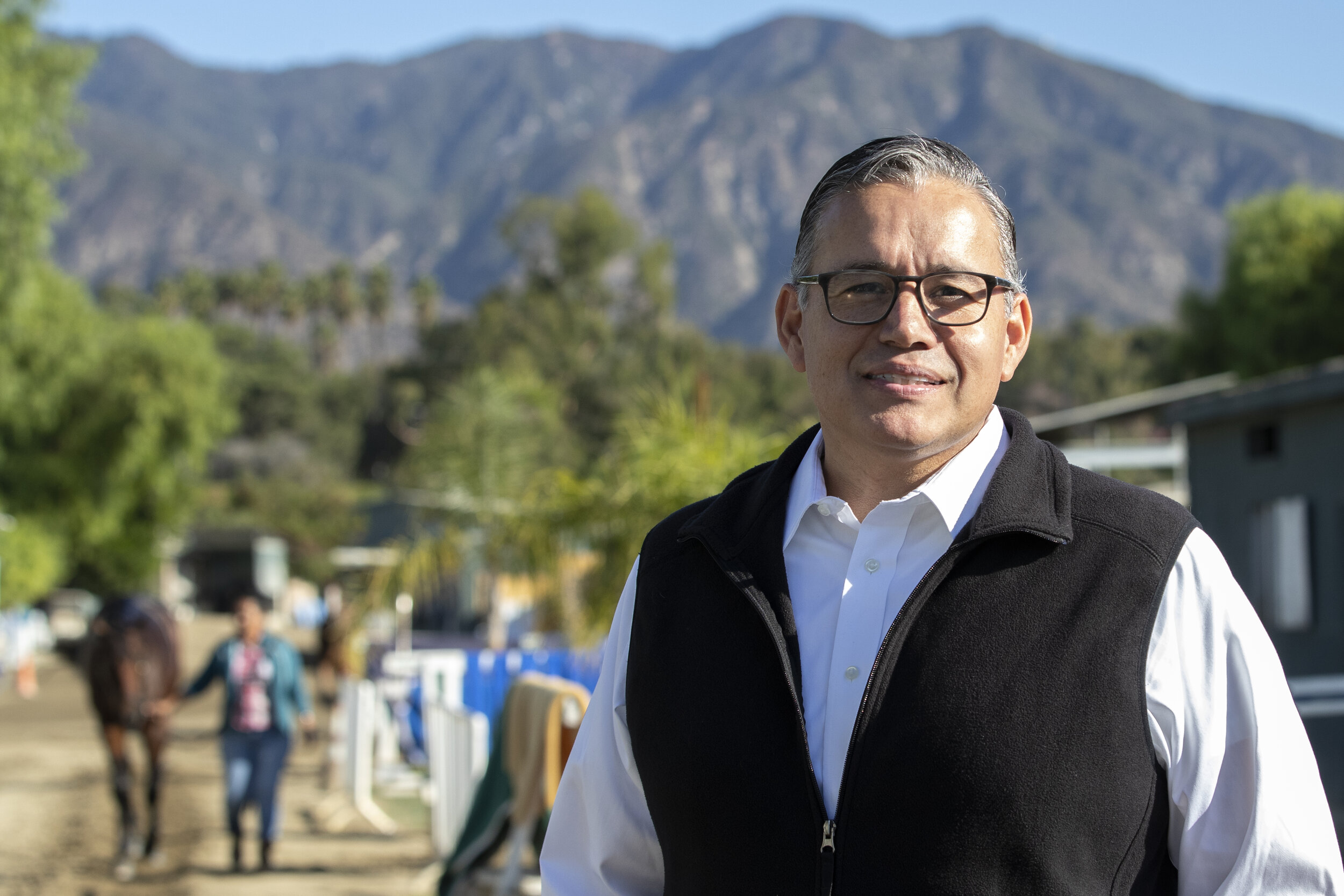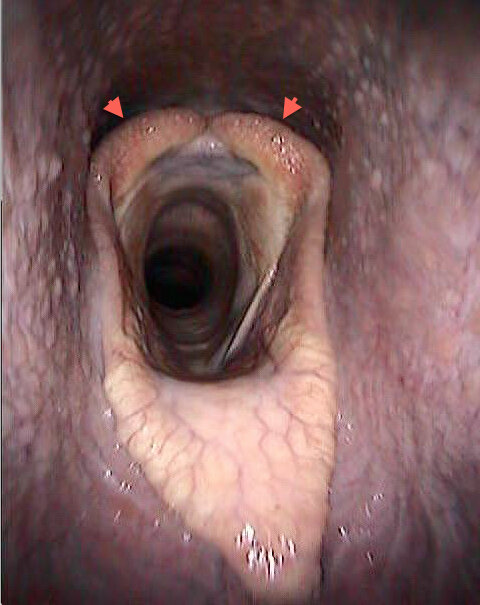Chris Mara
/New York Giants Senior Vice President Chris Mara’s passion for Thoroughbred racing goes back a long way. After purchasing a football franchise—which ultimately became the New York Giants—for all of $500 in 1925, his grandfather, Tim Mara, was a legal bookmaker at Belmont Park in the 1930’s. Tim passed both his Giants’ legacy and his love of Thoroughbreds onto his son Wellington, who in turn passed it onto Chris and his brothers.
“He influenced my dad, and my dad influenced me,” Chris said in a phone interview. “The first Saturday in May, you couldn’t find my dad. He and my mom were at the Derby.”
His father took him to Belmont Park for the first time when he was 10.
Chris’ first trip to the Kentucky Derby was in 1982 when he, his parents and their dear friends the Rooneys watched Gato del Sol take the first leg of the Triple Crown. Chris would marry Kathleen Rooney, NFL pioneer Art Rooney’s granddaughter.
Chris spent one summer, while in college at Boston College after transferring from Springfield, parking cars at one of the Rooneys’ racetracks, Yonkers Raceway. “I loved it,” Chris said. “It was a very interesting job to say the least. The guys were teaching me how to park cars. I parked one, and when I returned the car, the guy gave me a $20 tip. That was like 1977 or 1978. It was a lot of money. I told the guys, `They gave me $20.’ They said, “You [bleep, bleep].’”
He came a long way from parking cars at that harness track. Some 35 years ago, he owned his first Thoroughbred, Itchy Hooves, with his mom. Fast forward a lot of years. After meeting Starlight Racing’s managing partner Jack Wolf in a Saratoga golf tournament hosted by basketball coach, Thoroughbred owner and long-time friend of the Mara family Rick Pitino in August 2012, Chris decided to make a serious commitment to Thoroughbred ownership by joining Starlight Racing.
“I had been looking into it,” Chris said. “I sought out a couple different people and asked them what they thought I should do. They suggested various syndicates. I looked at all of them. Then I sat down with Donna Brothers (who works for Starlight Racing) at the Saratoga Sale. Then I met Jack Wolf on the golf course at Saratoga National.”
That did it. Maybe Chris was feeling giddy—the after effect of a memorable year, which featured the New York Giants beating the previously unbeaten New England Patriots in the Super Bowl; and his daughter, Rooney Mara, for being nominated for an Academy Award for her title role in “The Girl with the Dragon Tattoo.”
In a May 3rd Newsday story, Chris told Ed McNamara, “I sat down with Jack, and he asked me what I was going to bring to the table; and I answered, `Luck! We just won a Super Bowl, and my daughter is up for an Academy Award!’”
That very afternoon, Chris and Starlight Racing’s two starters in the 2014 Kentucky Derby—General Rod and Intense Holiday—finished 11th and 12th, respectively, to California Chrome.
In 2018, two months before the Kentucky Derby, Chris, through Starlight Racing, became a partner on both Justify and Audible, who finished first and third in the Run for the Roses. Then Justify became racing’s 13th Triple Crown champion and retired as the only undefeated Triple Crown champion.
This summer, Chris and Starlight are back again as partners on undefeated Charlatan, who injured his ankle in early June and will be pointed to the Preakness Stakes, now the final leg of the Triple Crown this year. Charlatan’s ownership includes a bunch of other partners and partnership groups. “It’s a lot of people,” Wolf said May 14. “They’re really fine partners to have.”
Charlatan was scheduled to test his three-for-three record in the rescheduled Belmont Stakes on June 20 as the first leg of an entirely rescheduled Triple Crown, to be cut back from a mile-and-a-half to a mile-and-an-eighth in this chaotic year defined by the coronavirus pandemic plaguing the entire globe.
“Ever since I got involved with Starlight, the ultimate goal was to get a horse to the Derby,” Chris said. “With Charlatan, it’s just fun to have a horse like this.”
Hearing that would make his grandfather smile.
“I just love this sport,” Chris said. “I loved reading about my grandfather.”
It’s hard for Chris to not think of his grandfather. “I walked into Belmont Park one day and there was a picture of my grandfather taking bets on the second floor,” Chris said.
In the picture, Tim Mara is wearing a large, silver button stating he was a legal bookmaker. The button has been passed on to Chris. “I kept it in my pocket before the 2018 Kentucky Derby,” Chris said. “I didn’t wear it, but it worked. I will bring it with me for Charlatan.”
Asked what he thought as Justify crossed the finish line to win the 2018 Kentucky Derby, Chris said, “I hope I didn’t lose all the winning tickets. I had a lot of them. My grandfather would have been proud, but he wouldn’t have been happy because he was the bookie.”













































